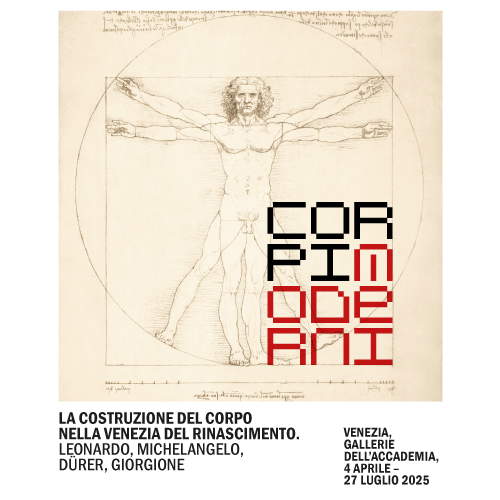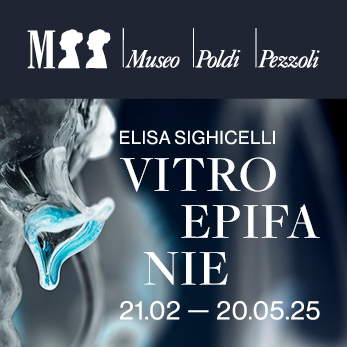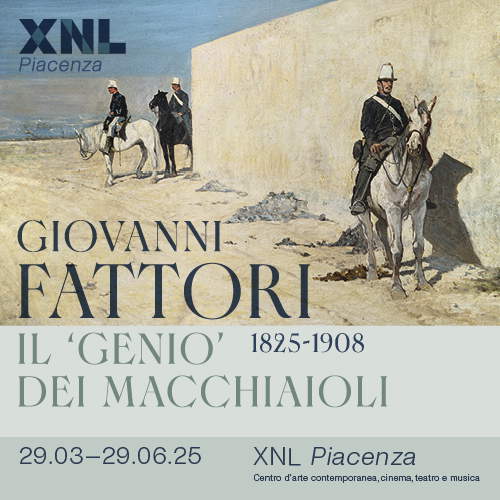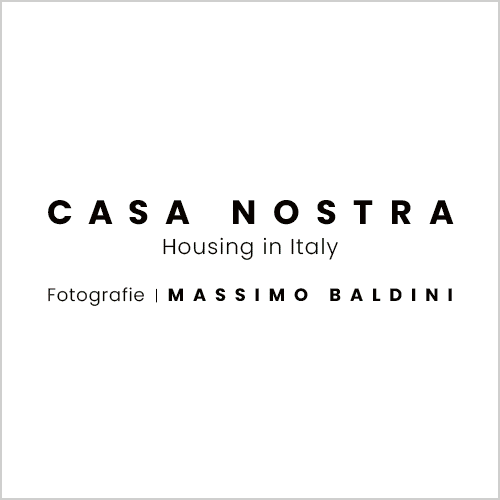Art historians eligible but not hired: 274 professionals stalled after MiC competition
In December 2023, after passing two selection tests for a competition announced by the Ministry of Culture, 274 art historians found themselves in a paradoxical situation: eligible, but still not hired. The public selection, aimed at recruiting 518 full-time, permanent non-managerial staff, required a level of education equal to EQF 8, or the highest academic degree provided in Europe. However, while rankings for other professionals-including architects, librarians, archivists, restorers, archaeologists and paleontologists-have been exhausted, that for art historians has remained largely intact. A condition also shared, albeit to a lesser extent, by demoethnoanthropologists, with 3 eligible ones still waiting.
This anomaly has led the eligible to unite in a committee, CISDA - Comitato Idonei Storici dell’Arte, which now intends to make its voice heard through an open letter. According to the eligible, “it highlights an issue, both cultural and political, that has been increasingly cogent for some time, namely the gradual depowering of the figure and role of the Art Historian in the public administration.” Yet, as stated in the description of this professional figure prepared by the DG Education and Research, among the requirements of knowledge, skills, competence and among the fundamental tasks of the Art Historian within the MIC appear tasks of supreme relevance to the country’s heritage. In particular, according to the directives of the same ministry, the art historian must identify, analyze and document historical and artistic heritage-organize and carry out appraisals, expertise, evaluations, authentications of artistic heritage; plan, direct, organize and carry out activities of inventorying, cataloging, documenting and managing databases pertaining to artistic heritage. He also protects and conserves historical and artistic goods; plans, directs, organizes, tests, and evaluates conservation, maintenance, restoration, relocation, and handling of historical and artistic goods in accordance with the cultural heritage restorer; and carries out inspection and supervision activities on historical and artistic goods. His or her duties also include directing museums or places of culture, taking care of collections or exhibitions with reference to the disciplines of competence; taking care of the establishment, increase, display, and preservation of museum collections related to historical-artistic goods; planning, curating, and organizing exhibitions of historical-artistic goods. The art historian must also carry out study, research training and education in the field of art history and related and related disciplines; carry out teaching activities in the context of the tertiary or equivalent level of education; direct Educational Services of museums and/or other institutions exhibiting historical-artistic heritage.
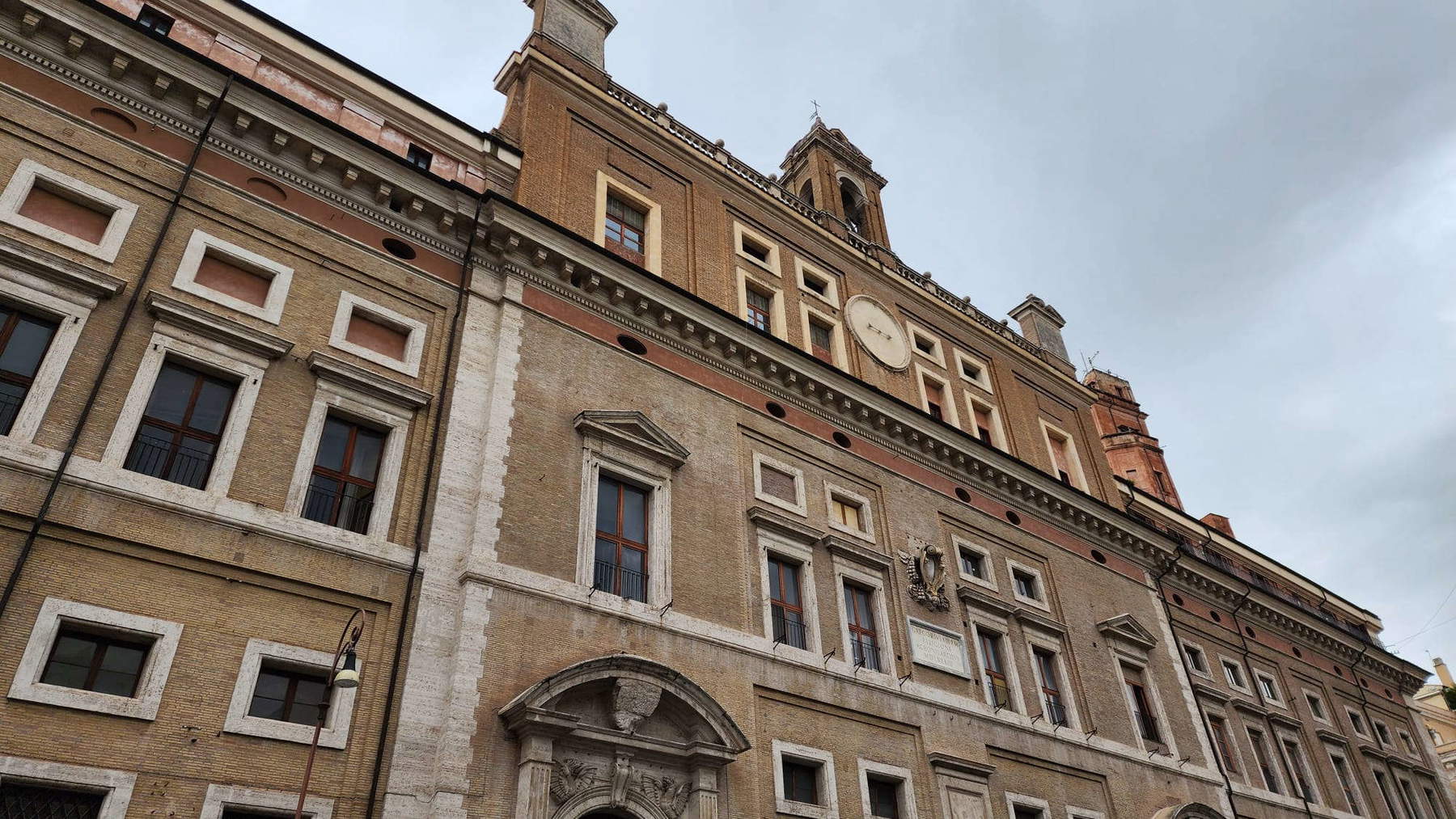
Despite the high degree of specialization required and the breadth of the professional profile, Art Historians have neither a Professional Register nor a specific ATECO code, fundamental tools for defining and protecting a category. The risk, repeatedly denounced, is that this figure will be relegated to a theoretical role, distant from the daily operations necessary to safeguard and enhance the national heritage.
“The Art Historians to date employed within the ministerial structures, and therefore of the State, are in a derisory number,” CISDA writes in its open letter. “This serious shortage affects large portions of the Italian territory, leaving a large amount of its historical and artistic heritage uncovered by solid expertise and scientific control. We wonder how this is permissible precisely in a country where we have often heard cultural heritage referred to as Italy’s oil.”
“Such a situation,” the letter continues, "is photographed and, willingly, denounced by the Integrated Plan of Activities and Organization (PIAO) 2025-2027, which highlights the strong difference between the de jure staffing level and the staff in service as of December 31, 2024: the overall total of the de jure staffing level, in fact, is 19.184 units, while the staff in service is 12,463, with a total overflow of 6,721 units; specifically, there is a gap of 2019 units for the staff of the Area III Officials Area, more precisely 5587 officials provided for in the organic plan, 3550 staff in service, 18 seconded to other administrations.
The waiting professionals emphasize the value and potential of their contribution, and demand that it be concretely recognized: “In a social context in which job insecurity is constantly increasing, it seems essential to offer decent tenure opportunities to professionals who have devoted years to their training. We are highly qualified professionals who were successful in the above-mentioned competition. Such a job position would allow us to fulfill functions of great responsibility in the service of the nation and to take part in the cultural mission that the country has set for itself starting with its Constitution, as reflected in Article 9: The Republic promotes the development of culture and scientific and technical research. It protects the landscape and the historical and artistic heritage of the Nation. It protects the environment, biodiversity and ecosystems, including in the interest of future generations.”
Investing in Art Historians, according to CISDA, means investing in the quality of public service, the preservation of the country’s historical memory and the enhancement of an unparalleled cultural heritage. It means, ultimately, offering Italy’s heritage the scientific protection and planning that only specific and solid skills can guarantee. “We Art Historians,” the letter concludes, “can and want to play an important role in this regard, which is why we are ready to make our experience, skills and innovative ideas available. We are convinced that this is the opportunity to give new impetus and energy to Italy’s cultural growth process, opening the doors to a new generation of specialists. We therefore loudly call on the political forces currently governing the country, and specifically on Minister Alessandro Giuli, to facilitate the sliding of our ranking list and its full absorption.”
 |
| Art historians eligible but not hired: 274 professionals stalled after MiC competition |
Warning: the translation into English of the original Italian article was created using automatic tools. We undertake to review all articles, but we do not guarantee the total absence of inaccuracies in the translation due to the program. You can find the original by clicking on the ITA button. If you find any mistake,please contact us.





